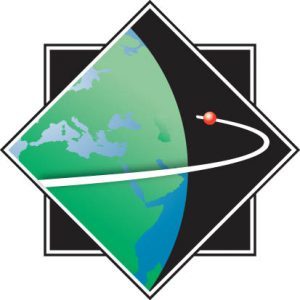A Physical Science project studies an abiotic (non-biological) phenomenon in order to understand the relation of identified factors, perhaps including a cause and effect relationship, in fields such as physics, chemistry and astronomy. Comparison testing of projects, as it is descriptive, would be included. A Mathematical Science project seeks to demonstrate an application of mathematics or to solve a theoretical problem. The problem provides a context for the exploration of pattern and the search for a mathematical model. Some areas of investigation in this category include algorithm development (a mathematical model to describe a phenomenon or event), operational research (application of mathematical science to solve planning or operational problems), and statistics. A project highlighting a breakthrough technique that uses the computer to accomplish this task also falls in this category.
- Example : The factors affecting the size of a bubblegum bubble (time, brand, etc.) would be a physical science project, although factors to be considered would include the effect of digestion enzymes and saliva and the action of chewing, both of which are life science.
It is possible that some physical science studies may overlap into engineering. The student may need some guidance to focus on one area while perhaps maintaining the other as background work or as a related extension.
A separate “mathematics” division has not been created, as such, projects can be easily categorised into an existing division. However, you should be aware that pure mathematics projects are perfectly acceptable at science fairs and should be classified in the Physical Sciences and Mathematics category.
